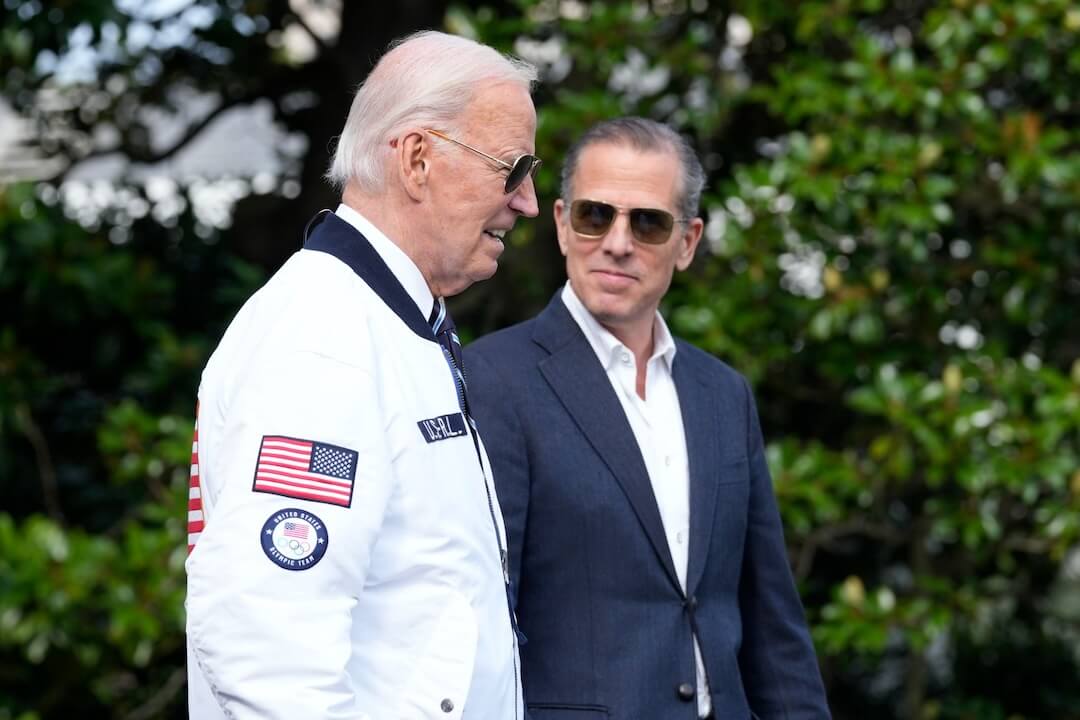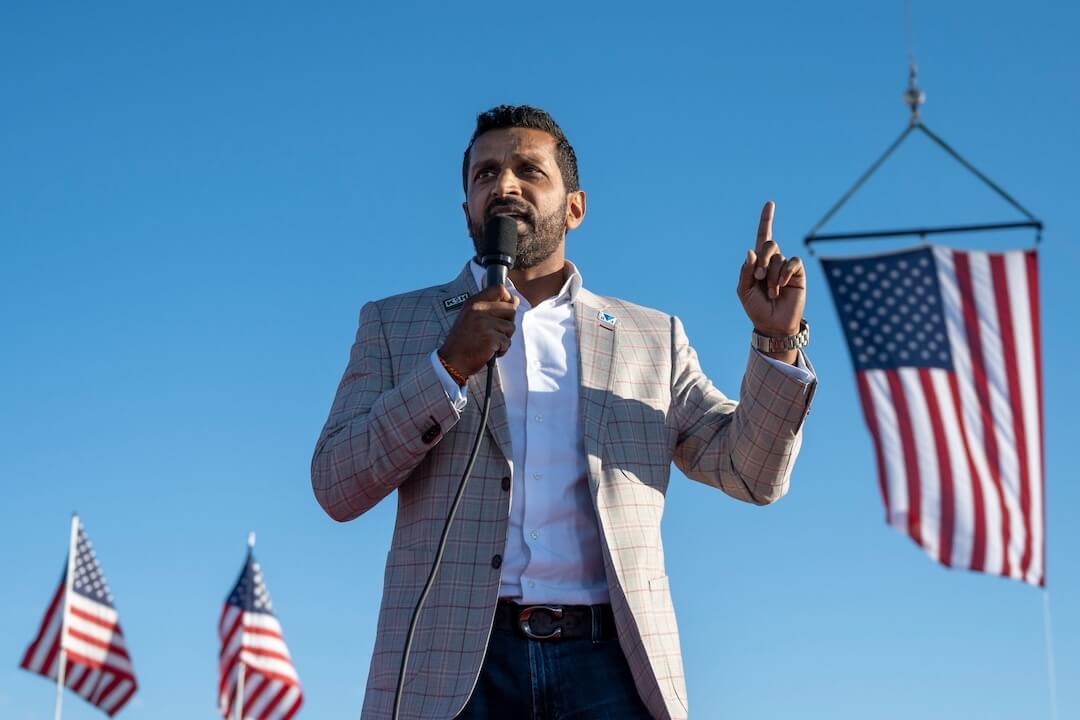When reporters kill themselves, their colleagues in the newsroom ask the same litany of questions that attend any suicide — Why? How did I not see it coming? Was it something I did? Was it something I could have prevented?
And finally — How will we write the story?
This is how two newspapers, the Chicago Sun-Times and The Virginian-Pilot, answered that question.
* * *
“Steve Neal,” the Sun-Times’ Feb. 19 story began, “Chicago’s premiere political columnist for decades … died Wednesday at his Hinsdale home.”
The circumstances mentioned in the article — the cryptic “carbon monoxide alarm” that led the police to his house, for example — hinted at the reality of what had happened, that Neal had taken his own life. But they didn’t report the cause of death in that story, editors said, because they didn’t know. They’d found out at night, just as they were putting the paper to bed, and included as much relevant information as they could confirm at the time.
“Much later on, and certainly the next day,” said editor Michael Cooke, “it became clear from speaking to the family and the authorities that Steve had indeed taken his own life.”
There was no question, Cooke said, given Neal’s high profile in the community, that they’d share with their readers what they’d learned of Neal’s death. Neil Steinberg, a columnist on the Sun-Times editorial board, wrote a news story in the Feb. 20 paper with this lede:
Steve Neal cut to the chase. He liked short lead sentences that punched to the heart of a matter. “He had it all” packed the essence of Dan Rostenkowski’s fall from the heights. “He tried” telegraphed Eugene Sawyer’s shortcomings as mayor. A dissection of Lee Daniels began, “If you’ve got the money, he’s got the time.”
Mr. Neal, 54, unequaled as a political columnist in Chicago, was discovered dead at his home in Hinsdale on Wednesday. The DuPage County coroner’s office described it as a “suicide situation.”
The story, which appeared on pages 10 and 11 of the paper, included reactions on Neal’s life and death from those in the newsroom and the community. It was accompanied by an extensive tribute to the reporter, with highlights from articles he’d written, and a long list of quotes from those who knew him.
Further down in the story came more information about the end of Neal’s life:
His wife, Susan Neal, agreed that the book (he had been working on) “took a lot out of him.” He frequently wrote until 11 p.m. or later, even on weekends, and had not taken a vacation in four years, she said.
Medications he was taking also were troubling him, causing adverse reactions that left him feeling ill and weak, she said.
According to Hinsdale police, who responded to a “carbon monoxide alarm,” Mr. Neal was found at the wheel of his car in the garage attached to his home Wednesday around 5:30 p.m. He left behind several notes, according to police.
Steinberg often writes obituaries about high-profile figures in Chicago for the paper, he said. When he came to work on Thursday, he had an e-mail in his inbox asking him to write this one.
Withholding the cause of death in his story wasn’t an option, Steinberg said. “When a man dies at 54,” he explained, “the first question is ‘Why did he die?’ … As a news organization, especially with one of our own, sometimes in suicides, that information is withheld out of respect for the family, etc. But when it’s your own person, to do so seems to be in our self-interest.”
Steinberg said his goal was to “tastefully communicate what had happened without making it all sensational, or without denying the reader what — for the reader — was primary in mind, but … without being over-explicit.”
“This was an issue where four or five people sat in a room and calibrated exactly what to do,” Steinberg said. According to Steinberg, different editors asked about the story before it ran to make sure its treatment had been signed off on.
Neil Steinberg: “This was an issue where four or five people sat in a room and calibrated exactly what to do.”“I didn’t want to play (the cause of death) too high,” he said, “I didn’t want to play it above his accomplishments, I didn’t want to play it above the … former President commenting on him. On the other hand, the reader, who is perhaps getting this fresh, wants to know. So we mentioned it in passing and then elaborated on it deep within the story, which struck me as the way to do it. There were many more details that were put out. It may seem like we went into detail, but we actually didn’t, given the circumstances. So we quoted the coroner, because we’re not saying this, the coroner said this. And I chose to mention the notes because some people were so shocked, they were like, ‘Well, maybe it was an accident. Maybe he pulled his car into the garage and fell asleep or something.’ So the presence of notes seemed to take away any question of what the facts in the situation were. And so I mentioned them, without going into their content or anything like that.”
In their conversations about how to handle the story, Sun-Times journalists considered not only whether they were giving their readers enough information, but whether they were giving too much. “I made a point of saying, ‘Are we overcovering this?'” Steinberg said. “Just so we would think about it.”
In the Feb. 20 paper, Sun-Times publisher John Cruickshank,and two of the paper’s other columnists, Michael Sneed and Mark Brown, wrote articles highlighting Neal’s life and lamenting his end. Steinberg wrote this:
If this was Wednesday and not Friday and he were still alive, I’d tell him that he was punching an enormous hole — a hole in the hearts of his family, in the hearts of his friends, a hole in the editorial pages of the Chicago Sun-Times, pages that sang and vibrated for 17 years with his sharp wit and enormous knowledge. He never gave us reason to question his decisions before doing this. We will always miss him.
* * *
Less than a month earlier, a reporter at The Virginian-Pilot had killed himself as well, in a park.
“Dennis O’Brien, who spent five-and-a-half months covering the Iraq war for The Virginian-Pilot, died Saturday,” the Pilot‘s Feb. 1 story began. “He was 35.”
The story did not mention that O’Brien’s death was a suicide.
Although the Pilot’s editors realized right away they had to publish a story about the death, they said there was little discussion about whether to include the cause.
“It’s sort of odd so much attention is being placed on that,” said Kay Tucker Addis, the newspaper’s vice president and editor, in an interview on Feb. 3. “I don’t remember there ever being a discussion of that … I was out of town; the managing editor (Denis Finley) was here. I was told who the reporter was writing the story. I told him that I wanted to make sure that I was quoted. And there were some things I wanted to have included in the story, and he read me portions of the story. It actually, if I remember correctly, was never really discussed. The way it was handled was in line with our newsroom policies on how we handle death in different situations.”
The Virginian-Pilot‘s ethics policy says, “We report a suicide only when the incident occurred in public or involved a public figure.”
“We did not have a discussion about that,” Addis said, “but it’s my belief that neither of those criteria were met.”
By Monday, Steve Stone, the reporter who’d written the story of O’Brien’s death, had placed this outgoing message on his voicemail: “If you’re calling about the story about the passing of Dennis O’Brien and you’re inquiring about the cause of death, please be advised that at the request of the family, we are not discussing that issue in the paper.”
The withholding of the cause of death raised questions for many following the Pilot‘s story about how O’Brien had died. Tuesday morning, Editor & Publisher published a story revealing the cause of death. The magazine followed up with a report asking media ethicists about the case. That article quoted Bob Steele, the Nelson Poynter Scholar for Journalism Values:
The lesson for other papers, according to Steele, is that the “absence of specificity” in a death notice will inevitably raise significant questions. This fosters public perception that the paper is “hiding something.” Even if the paper’s motives are pure, and aimed at protecting the family, the public may question whether it has shown the same respect for the families of other crime or suicide victims.
“I don’t suggest we report every suicide,” Steele said, “but I would say we should disclose them unless there are extraordinary circumstances — reveal more rather than less, and sooner rather than later.”
Aly Colón, Poynter’s Ethics group leader, agreed:
These two suicides show the tension that can occur among the ethical principles we teach at Poynter — reporting the truth as fully as possible, acting independently, and minimizing harm.
It also reminds us that having such principles serve us best when we talk about them before we publish. Such discussion helps us explore, explain and decide how we can act consistent with our principles. It demonstrates to the public that we apply the same standards to ourselves that we apply to others.





